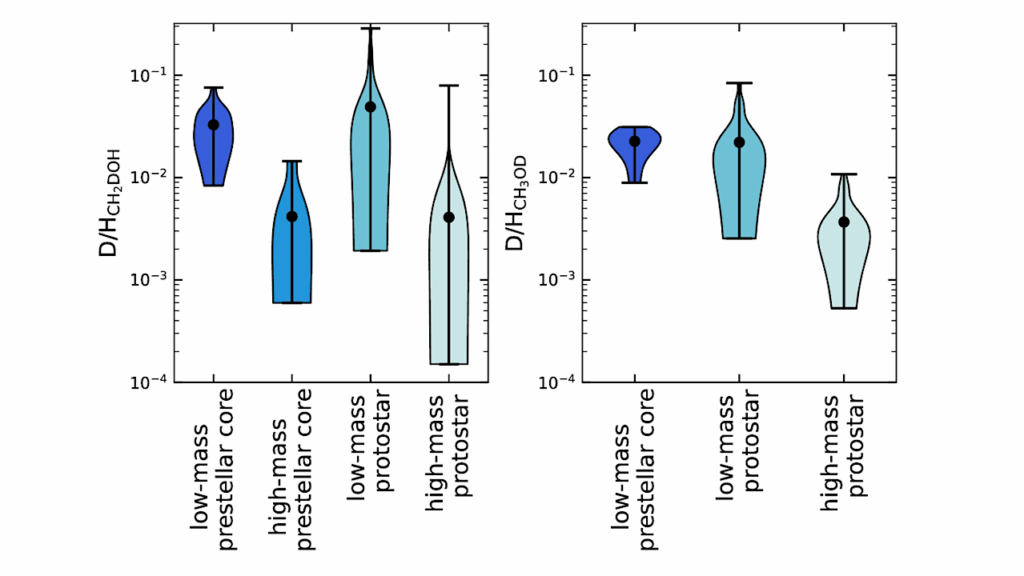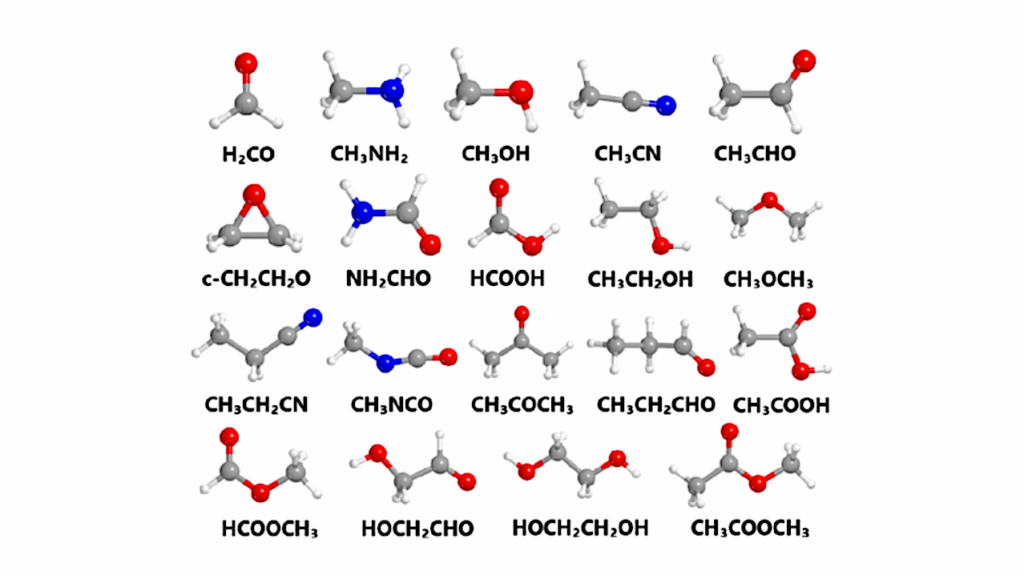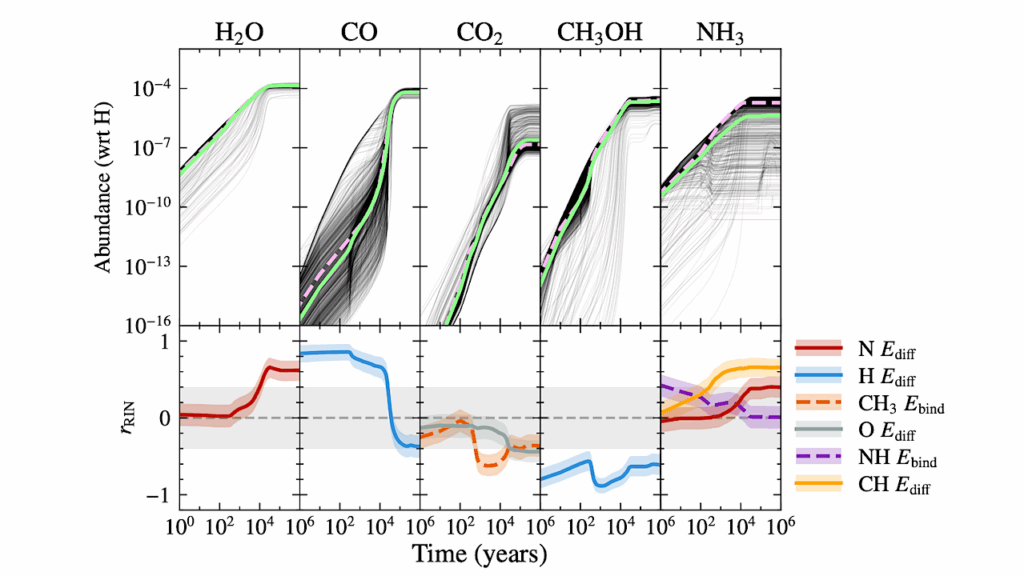Analysis of CN Emission As A Marker Of Organic Compounds In Meteoroids Using Laboratory Simulated Meteors

Fragments of small solar system bodies entering Earth’s atmosphere have possibly been important contributors of organic compounds to the early Earth.
The cyano radical (CN) emission from meteors is considered as potentially one of the most suitable markers of organic compounds in meteoroids, however, its detection in meteor spectra has been thus far unsuccessful.
With the aim to improve our abilities to identify CN emission in meteor observations and use its spectral features to characterize the composition of incoming asteroidal meteoroids, we present a detailed analysis of CN emission from high-resolution spectra of 22 laboratory simulated meteors including ordinary, carbonaceous, and enstatite chondrites, as well as a large diversity of achondrites (i.e., ureilite, aubrite, lunar, martian, howardite, eucrite, and diogenite), mesosiderite, and iron meteorites. We describe the variations of CN emission from different classes of asteroidal meteor analogues, its correlation and time evolution relative to other major meteoroid components.
We demonstrate that CN can be used as a diagnostic spectral feature of carbonaceous and carbon-rich meteoroids, while most ordinary chondrites show no signs of CN. Our results point out strong correlation between CN and H emission and suggest both volatile features are suitable to trace contents of organic matter and water molecules present within meteoroids. For the application in lower resolution meteor observations, we demonstrate that CN can be best recognized in the early stages of ablation and for carbon-rich materials by measuring relative intensity ratio of CN band peak to the nearby Fe I-4 lines.
Adriana Pisarčíková, Pavol Matlovič, Juraj Tóth, Stefan Loehle, Ludovic Ferrière, David Leiser, Felix Grigat, Jérémie Vaubaillon
Subjects: Earth and Planetary Astrophysics (astro-ph.EP); Geophysics (physics.geo-ph)
Cite as: arXiv:2307.04428 [astro-ph.EP] (or arXiv:2307.04428v1 [astro-ph.EP] for this version)
https://doi.org/10.48550/arXiv.2307.04428
Focus to learn more
Journal reference: Icarus, Volume 404, 115682, 2023
Related DOI:
https://doi.org/10.1016/j.icarus.2023.115682
Focus to learn more
Submission history
From: Adriana Pisarčíková
[v1] Mon, 10 Jul 2023 09:07:16 UTC (601 KB)
https://arxiv.org/abs/2307.04428
Astrobiology, Astrochemistry








